- Screening & Tests
- Diet & Exercise
- Rest & Relaxation
- Reproductive Health
- Head to Toe
- View Full Guide
Why Are My Nipples Itchy? 12 Possible Causes


What’s Making You Scratch?
Lots of things can make your nipples itchy. They’re sensitive in general. They also stick out, and they can get irritated from friction, eczema, breastfeeding, or pregnancy. Rarely, itchy nipples can be a sign of a more serious condition. Even if your urge to scratch is great, the problem is usually easy to treat. If you’ve been using over-the-counter products for a couple of weeks and the itch isn’t gone, check with your doctor.
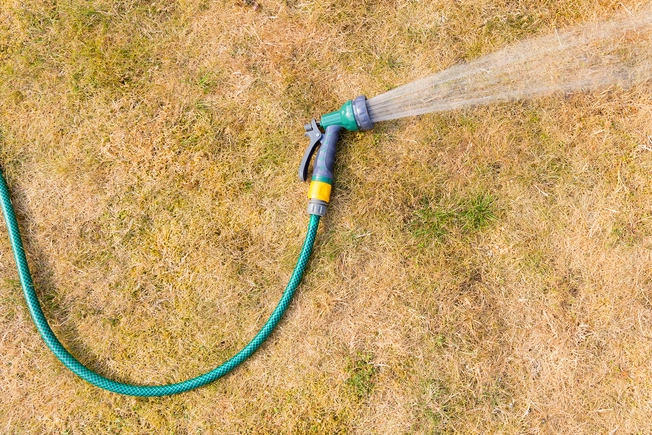
Dry Weather
Cold, dry weather can lead to major itching all over your body, including on the breasts and nipples. If that’s the cause, your nipples may look raw or chafed. Keep baths and showers to under 10 minutes. Use lukewarm water, since hot water washes away essential oils and dries out your skin even more. Gently pat your skin with a towel until it’s almost dry, and moisturize with a thick cream or ointment. Run a humidifier to add moisture.
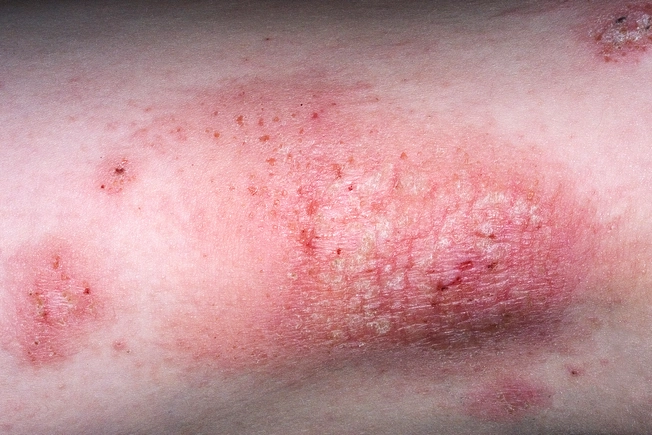
Eczema
It can cause a crusty rash on your nipples and the flat part around it, especially if you’ve had eczema before. Use a thick moisturizer with ceramides, a waxy ingredient that helps heal the skin. A topical steroid cream like hydrocortisone can help with swelling and itching. Your doctor can prescribe stronger prescription ointments. See them right away if you notice any oozing or tenderness, which could be a sign of infection.
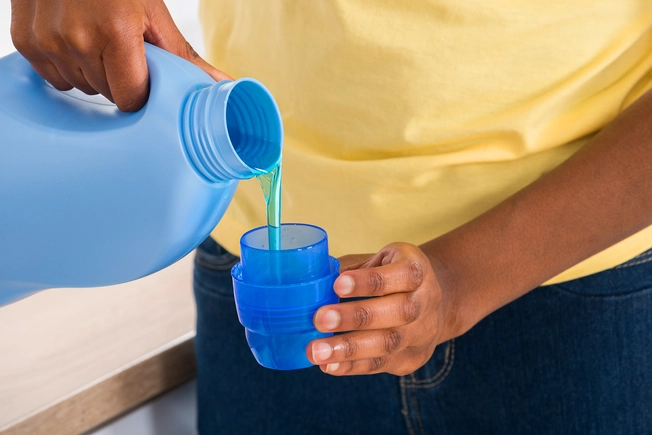
Soap
Your new soap, lotion, or laundry detergent could be behind your itchy nipples. The chemicals in many cleansing products can cause a rash called contact dermatitis. It can show up as itchy red patches on your body. Switch to soaps and cleansers that are hypoallergenic, unscented, and free of dyes, and you’ll know if that’s the problem.

Undergarments
Your breasts and nipples may be reacting to the elastic or dye used to make your bra or lingerie. Contact dermatitis can cause redness and itching on the areas of the skin that touch the fabric, like your nipples. If you’ve recently started wearing a new bra, go back to your old one for a while and see if the itch goes away.
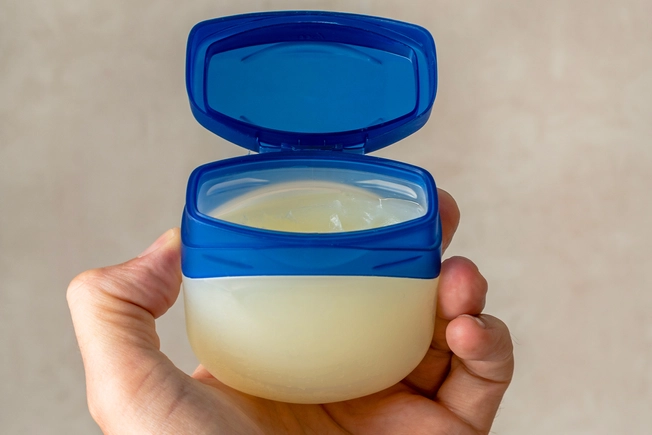
Friction
Your nipples can chafe when they rub against clothing while you exercise or because your bra is too tight. It’s usually more painful than itchy, but some women say the friction can feel like itching or burning. Apply petroleum jelly to the area before workouts to protect it from irritation, and make sure your bra fits well.
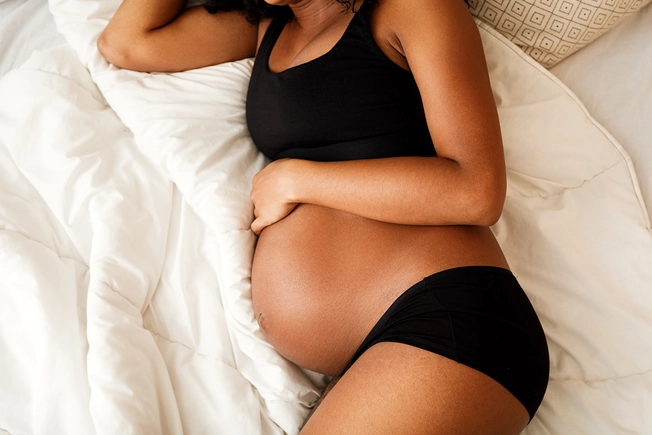
Pregnancy
Weight gain, morning sickness, hormone swings, and ... itchy nipples? Yep, add that to the list of symptoms of pregnancy. Blame it on hormone changes and skin stretching as your breasts and nipples expand to get ready for a nursing baby. Cocoa butter, coconut oil, or a lanolin ointment rubbed on the nipples can help lessen the itch.
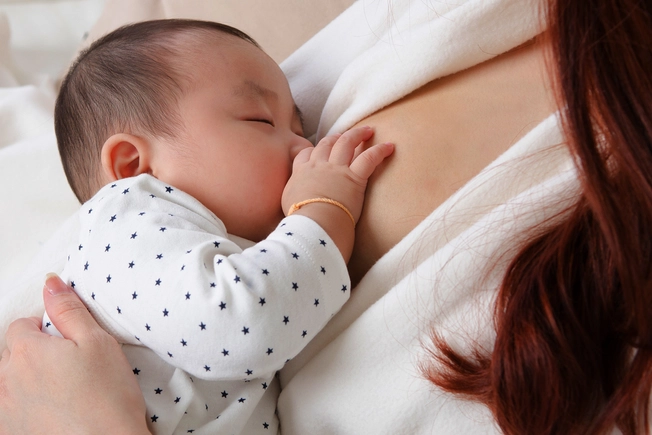
Breastfeeding
Milk residue, plugged milk ducts, and problems with your baby latching on during feedings all can make nipples itchy and sore. It’s important to keep the area clean and dry and to continue to pump or nurse. Lanolin ointment and silicone gel pads cooled in the refrigerator can help ease your discomfort.

Thrush
If you’re breastfeeding, and if your nipples and surrounding area are not only itchy but shiny or flaky, and you feel sharp pain while nursing, see your doctor. Those are signs of thrush, a fungal infection. Your doctor may prescribe an antifungal cream to put on your nipples and breasts, as well as a mild antifungal medication you take by mouth.

Menopause
This stage of your life can make your skin thinner, drier, and more easily irritated. Blame it on your hormones going up and down and on lower levels of estrogen. Your body makes less oil, so it’s harder for your skin to retain moisture. The itch can strike just about anywhere on the body, including the vagina and nipples. Fight the dryness by using mild cleansers, moisturizing often, and taking fewer hot showers.
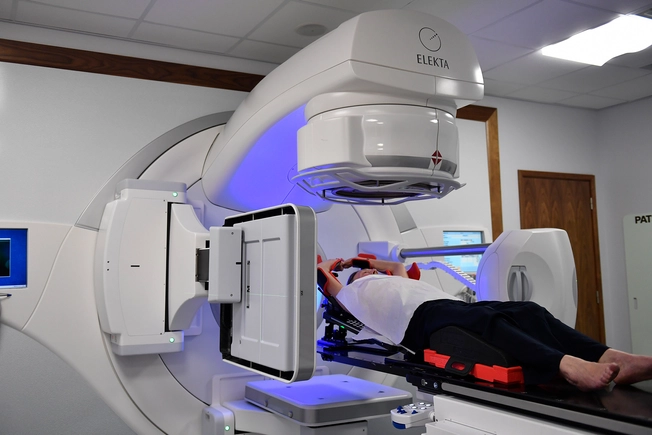
Radiation
Treatment for breast cancer can lead to severe itching in the breasts and nipples, even long after it ends. Radiation kills skin cells and causes dryness, burning, and itching as the skin peels off. Massage the area with an ice cube, wear soft, loose-fitting clothes, and drink plenty of fluids. Oral antihistamines can help. Your doctor also can prescribe a corticosteroid to rub on the skin.
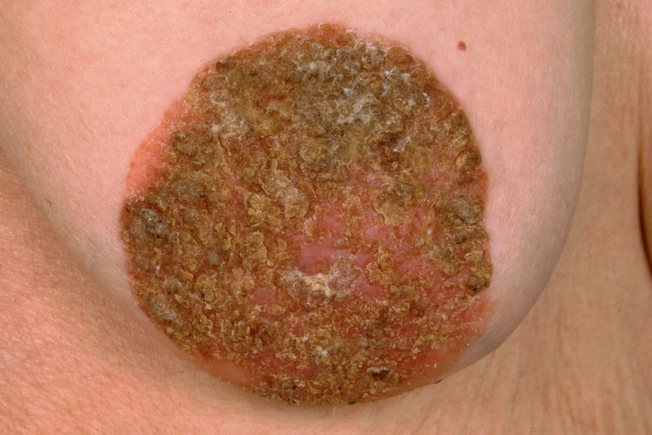
Paget's Disease
This rare form of breast cancer starts in the breast ducts and spreads to the nipple and nearby area. It can look a lot like eczema, with crusted, scaly, and itchy skin. But it often affects just one nipple, and you may also see blood or yellow discharge. If the rash doesn’t respond to eczema treatments, you may need a biopsy of a tissue sample to be sure. Paget's disease usually is treated with surgery, followed by radiation.
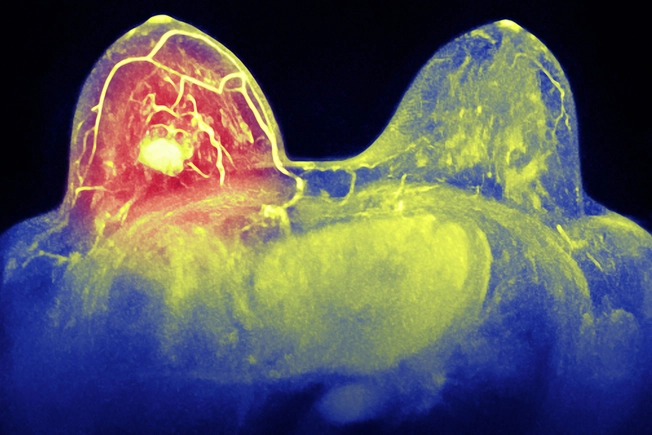
Benign Tumor
Sometimes, a noncancerous tumor in the breast duct can cause an itchy, crusted nipple. You may feel a small lump or notice a clear or bloody discharge from the nipple. To make the diagnosis, your doctor may X-ray your breast duct or order an ultrasound, mammogram, or biopsy. The treatment is usually surgery.
IMAGES PROVIDED BY:
1) Rawpixel / Getty Images
2) eag1e / Getty Images
3) Scott Camazine / Science Source
4) AndreyPopov / Getty Images
5) IKvyatkovskaya / Getty Images
6) lenshiker / Getty Images
7) Youngoldman / Getty Images
8) szeyuen / Getty Images
9) Marina Vol / Getty Images
10) yacobchuk / Getty Images
11) Dr. P. Marazzi / Science Source
12) Clinical Photography, Central Manchester University Hospitals NHS Foundation Trust, UK / Science Source
13) Gustoimages / Getty Images
SOURCES:
Lauren Eckert Ploch, MD, dermatologist, Augusta, GA.
Meghan Feely, MD, dermatologist, New York.
Leena Nathan, MD, assistant clinical professor, UCLA department of obstetrics and gynecology.
La Leche League International: “Is thrush causing my sore nipples?”
Oregon Health & Science University: “Loving Your Skin Through Menopause.”
National Cancer Institute: “Causes of Pruritus in Cancer Patients.”
University of New Mexico Comprehensive Cancer Center: “Itching.”
American Cancer Society: “Paget Disease of the Nipple,” “Intraductal Papillomas of the Breast.”